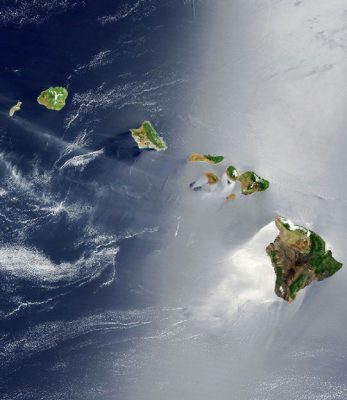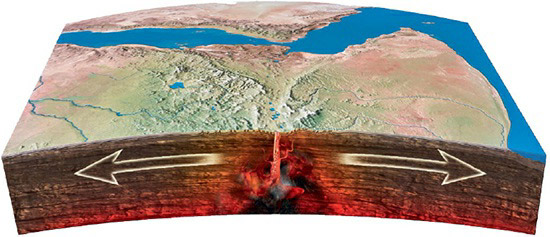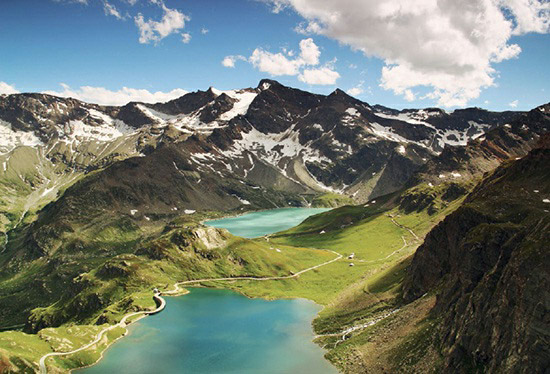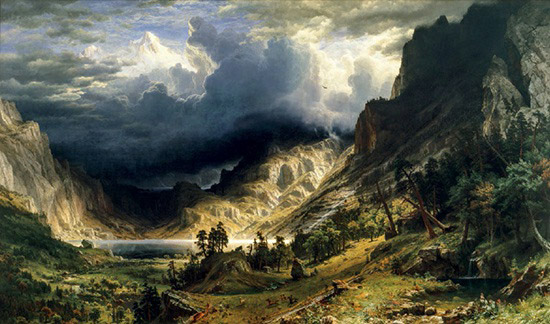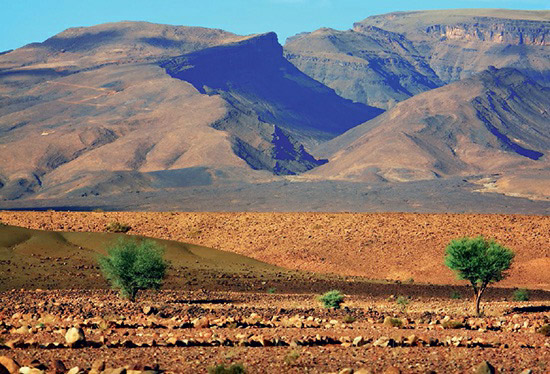Tag Archives: Plate Tectonics
c. 7 Million BCE: The Sahara Desert – Earth’s Largest Hot Desert
The Sahara, Earth's largest non-polar desert, is characterized by extreme temperatures and low rainfall, formed due to the shifting of continental plates and the closing of the Tethys Sea, resulting in a landscape predominantly shaped [...]
c. 28 Million BCE: The Formation of the Hawaiian Islands – A Hotspot Story
The Hawaiian Islands' formation is linked to a stationary hotspot beneath the moving Pacific plate, a theory first proposed by John Tuzo Wilson in 1963. The islands' age progression from the youngest in the southeast [...]
c. 30-10 Million BCE: The Cascade Volcanoes – A Tectonic Phenomenon
The Cascade Volcanoes in the Pacific Northwest are formed by the subduction of oceanic plates beneath the North American continental plate, resulting in a series of major volcanic peaks and vents along the Cascade volcanic [...]
c. 30 Million BCE: The East African Rift Zone – Earth’s Dynamic Crust
The East African Rift Zone, a result of continental rifting and mantle plume activity, is actively splitting the African continent, with predictions of forming two new plates and a new ocean basin in about 10 [...]
c. 65 Million BCE: The Formation of the Majestic Alps
The Alps were formed from the collision of the African and Eurasian plates following the breakup of Pangea, leading to the uplift of sedimentary deposits from the Tethys Sea and creating complex geological structures, including [...]
c. 66 Million BCE: The Deccan Traps – A Volcanic Phenomenon
The Deccan Traps, an example of massive volcanic activity, dramatically altered Earth's landscape and climate, potentially contributing to the mass extinction at the end of the Cretaceous period, showcasing the interplay of gradual and catastrophic [...]
c. 80 Million BCE: The Geological Formation of the Rocky Mountains
Explains the formation of the Rocky Mountains, a geological anomaly far from the North American plate's edge, initially formed by continental collisions 300 million years ago and later uplifted by the subducting Farallon plate around [...]
c. 140 Million BCE: Formation of the Atlantic Ocean – A Tectonic Tale
Explores the formation of the Atlantic Ocean as a result of Pangea's breakup, driven by lithospheric plate dynamics and massive volcanic eruptions, leading to the creation of the mid-Atlantic ridge and the largest mountain chain [...]
c. 300 Million BCE: Pangea – The Ancient Supercontinent
Delves into the formation of Pangea, the ancient supercontinent, over 300 million years ago, through a series of continent-continent collisions, highlighting the concept of continental drift proposed by Alfred Wegener and supporting evidence from fossils [...]
c. 300 Million BCE: The Geological Evolution of the Atlas Mountains
Explores the formation of the Atlas Mountains, originating from the Alleghenian orogeny 300 million years ago due to Africa and North America's collision, and their later reformation through African and European plate interactions, leading to [...]


